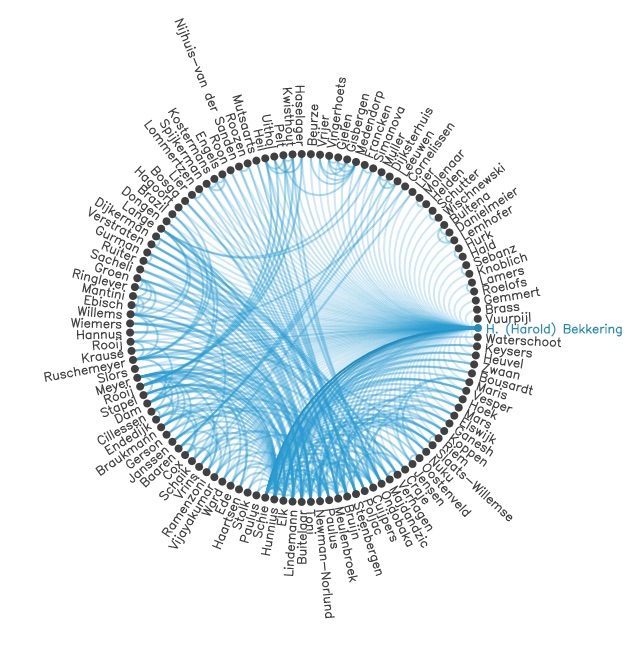Dr. Ricarda Braukmann is Program Leader Social Sciences at DANS
“404 Not Found” is very likely one of the most irritating error messages coming from your browser. While being annoying for any website, link rot is especially problematic for important digital resources such as scientific articles or datasets that are expected to be preserved and accessible over longer periods of time. Persistent identifiers (PIDs) have been developed to prevent this problem and to ensure that digital objects remain available and unchanged.
The world of PIDs
There are many different types of PIDs, with DOIs (Digital Object Identifiers) probably being the most famous, as they are widely used to cite scientific articles and datasets.
Where DOIs are used for papers, ORCIDs (Open Researcher and Contributor ID) provide a persistent identity for individuals – in most cases researchers. This comes in handy if you happen be one of the many M.S. Smiths or if you would like to change your name after getting married. Your ID remains stable and unique, enabling the unambiguous identification of you and your work.
The FREYA project
While using PIDs for papers, data and researchers has become an established process in the scientific world, the possibilities of PIDs are theoretically endless: PIDs could be assigned to institutes, grants, studies, physical samples or instruments.
One of the goals of the FREYA project is to assess these emerging PID types and foster their development and implementation. FREYA is a 3-year, European funded, project bringing together PID providers (Crossref, DataCite and ORCID), research organizations (ANDS, British Library, CERN, DANS, EMBL-EBI, Pangaea, and STFC) and publishers (PLOS, Hindawi) to join forces and promote the use and innovation of PIDs.
From Single PIDs to PID Graphs
Next to developing new PID types, the FREYA team is also working on connecting and integrating different PIDs to create PID Graphs. A PID graph can, for instance, be used to visualize information and provide interesting insights into the connections of different research objects. One example is the work performed at Data Archiving and Networked Services (DANS), the Netherlands institute for permanent access to digital research resources. DANS provides several services for the research community, including the national portal for scientific information, NARCIS. This portal provides information on Dutch (open access) publications, datasets, researchers, scientific institutes and projects. Through the work of FREYA, NARCIS is now able to link different research outputs based on their PIDs, thereby enriching the information that the portal can provide to the public. For example, if the metadata of a digital object (like an article or a dataset) contains the PID of a related object, NARCIS is able to establish a connection and retrieve additional information about the related object (like its type or title) which is displayed in the portal.
NARCIS also uses PIDs to visualize a researcher’s network in a graph of collaboration (see for instance this graph also displayed in the Figure below). To establish the graph, the metadata of the researcher’s papers are scanned for PIDs of co-authors and based on these PIDs, connections are drawn and the network is created.
Crucially, the collaboration graphs in NARCIS as well as other PID services, rely on the wide usage of PIDs, like ORCIDs. Therefore, increasing the awareness of the usefulness and importance of PIDs within the broad research community remains one of the most important tasks within the FREYA project.

This Figure shows an example of a collaboration graph created by NARCIS. The graph shows connections between the researcher (blue) and his co-authors based on the PIDS provided in the metadata of the researcher’s publications.
More information?
NARCIS, the Dutch national portal for scientific information is a service provided by DANS: https://dans.knaw.nl/en. Interested to see the portal? Visit it via https://www.narcis.nl/
The FREYA project has received funding from the European Union’s Horizon 2020 research and innovation programme under grant agreement No 777523. More information on FREYA is available on the project website: https://www.project-freya.eu/en.
The work on NARCIS was recently featured in FREYA’s blog, available via https://www.project-freya.eu/en/news/newsitems/freya-in-practice-linking-research-output-in-the-dutch-national-science-portal















































































































































